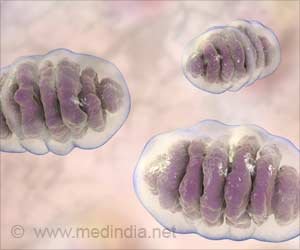has been explored by a new study at the Fralin Biomedical Research Institute at VTC with new five-year
funding.
The study is further exploring the diverse bioenergetic and molecular characteristics of CA2 neuronal circuits to learn more about how social memories are formed, stored, and forgotten.
Hippocampus and Social Memory
“Impaired social memory is a phenotype of numerous neurological disorders, ranging from autism spectrum disorder to schizophrenia and Alzheimer’s disease. By unraveling the molecular nuances underlying healthy memory storage, we aim to pinpoint a host of potential interventional targets for neurodevelopmental, neurocognitive and neurodegenerative disease,” says Shannon Farris, assistant professor at the Fralin Biomedical Research Institute at VTC.
The more energetically demanding the neurons, the bigger, and abundant are their mitochondria.
On further exploration, the team found that within a single CA2 neuron, there were different types of mitochondria based on the organelle’s location, with distal dendrites harboring molecularly and structurally distinct mitochondria compared with more proximal dendrites of neighboring neurons.
“We know that different organs, tissues, and brain regions have unique mitochondria. But here we uncovered mitochondrial heterogeneity within a single brain cell,” says Farris, who also has an appointment in the Virginia-Maryland College of Veterinary Medicine.
The team hypothesizes that these unusual mitochondrial characteristics may be influencing this brain region’s plasticity – or ability to rapidly modify synapses, neurochemical portals that mediate communication between neurons.
With this unexpected discovery, the team further plans to dive more into the mitochondrial properties that are unique in influencing the social memory and behavior in mice.
Source: Medindia



